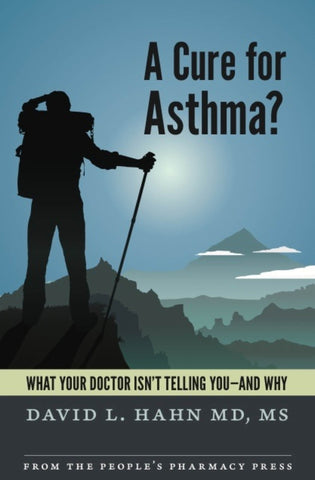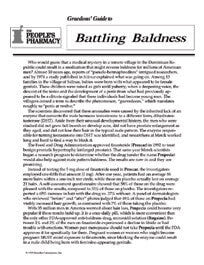Link to your individual collections by creating a new linklist in the Navigation section of the admin.
You can then have it appear here by choosing your new linklist under Customize Theme / Sidebar.

Show 1257: The Metabolical Results of the American Diet (Archive)
Dr. Robert Lustig has been warning us all about the hazards of sugar since 2009, when his YouTube lecture “Sugar: The Bitter Truth” went viral. As a pediatric neuroendocrinologist, he spent much of his career treating the causes of obesity in children. Now, he turns his impressive expertise to helping adults as well as children. Metabolic syndrome contributes to the chronic diseases like diabetes and heart disease that kill most Americans. But what is causing the metabolic syndrome? Could it be the American diet?
Addressing the Roots of Disease:
Heart disease and diabetes kill millions of Americans. If you ask doctors why, they point to obesity. But Dr. Lustig says obesity is not actually the problem; instead, it is a symptom of the problem. The true cause is subcellular dysfunction. Eight different pathologies are difficult for doctors to diagnose and even harder to treat with medication. But the right food (real food, not processed food) can correct the pathologies and lead to good health.
Is Disease Genetic?
According to genome-wide association studies (GWAS), about 15% of the risk of chronic disease is attributable to genes. But that means the vast majority of our risk is related to how we live and particularly how we eat.
How Should We Eat?
Dr. Lustig has simple advice: Feed your gut and protect your liver. We need to eat in ways that keep insulin under control. That means avoiding added sugar and highly processed carbohydrates–crackers, cookies, pizza and other treats.
The Hateful 8:
The cellular pathologies include glycation, oxidative stress, mitochondrial dysfunction, insulin resistance, inflammation, methylation, and autophagy. These are the sources of metabolic syndrome.
While we don’t have drugs to treat these processes, we can alter them by eating foods that are minimally processed and rich in fiber, vitamins, minerals and phytonutrients. But eating a highly processed diet can lead to non-alcoholic fatty liver disease. That’s because the liver metabolizes sugar to fat that is stored in the liver, and processed food has a lot of sugar. This explains why children are now developing fatty liver disease, which was once a condition affecting older people, especially alcoholics.
Do You Have Fat in Your Liver?
Dr. Lustig describes how you can use a tape measure around your waist to see if you have fatty liver disease. He also discusses the lab values of ALT that indicate a problem. Intermittent fasting can help reduce liver fat, so long as you are not eating food full of sugar. Getting added sugar out of your diet is the most powerful way to reverse all these problems. Protecting the liver with real food is also a good way to help your body fight off COVID-19.
This Week's Guest:
Robert H. Lustig, MD, MSL, is a pediatric neuroendocrinologist, an emeritus professor of pediatrics in the Division of Endocrinology, and member of the Institute for Health Policy Studies at the University of California, San Francisco. He has authored 130 peer-reviewed articles, 80 academic chapters and reviews, and dozens of op-eds for the public. He is the former chairman of the Obesity Task Force of the Pediatric Endocrine Society, a member of the Obesity Task Force of the Endocrine Society, and a member of the Pediatric Obesity Devices Committee of the U.S. Food and Drug Administration.
Dr. Lustig is also the Chief Science Officer of the nonprofit Eat REAL, dedicated to reversing childhood obesity and type 2 diabetes by bringing real food into schools. He has never taken money from the food industry, so has no conflicts of interest. His new book is Metabolical: The Lure and the Lies of Processed Food, Nutrition, and Modern Medicine. The photograph of Dr. Lustig is by Roberto Candia.




